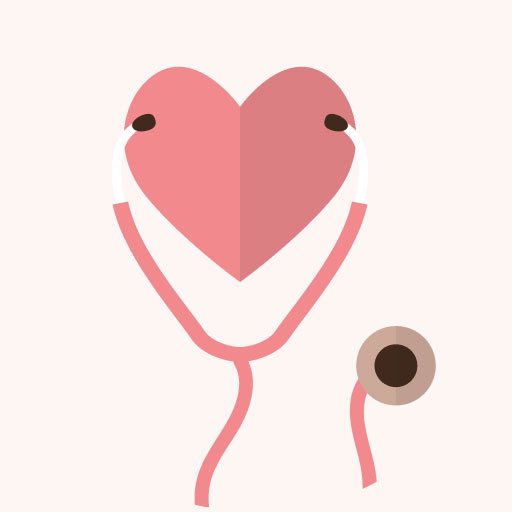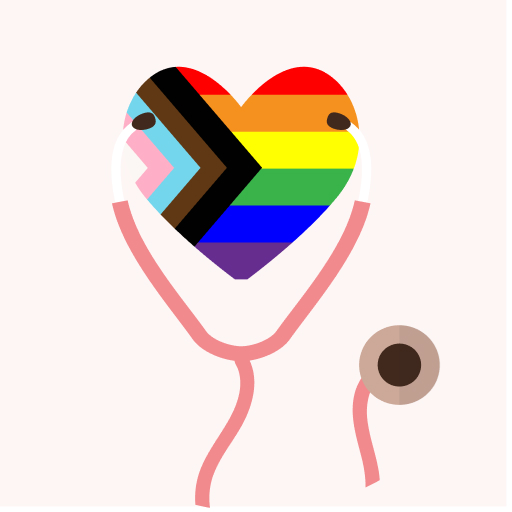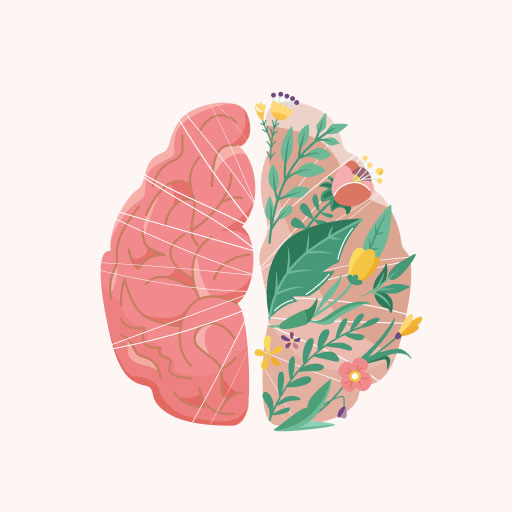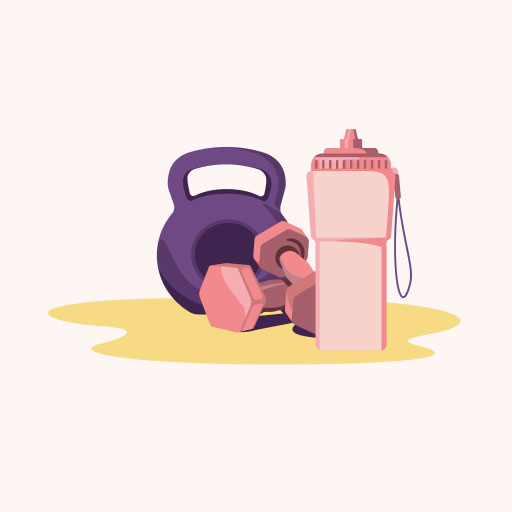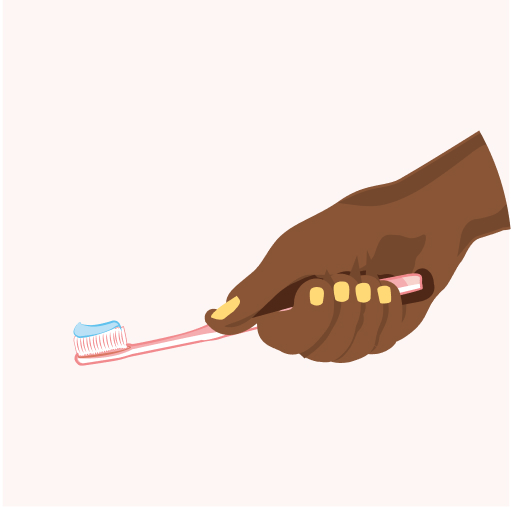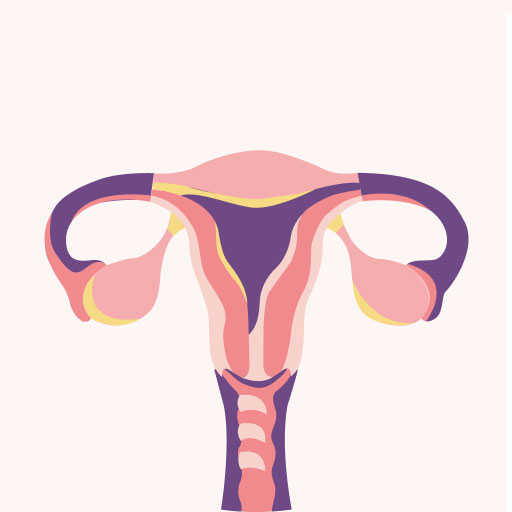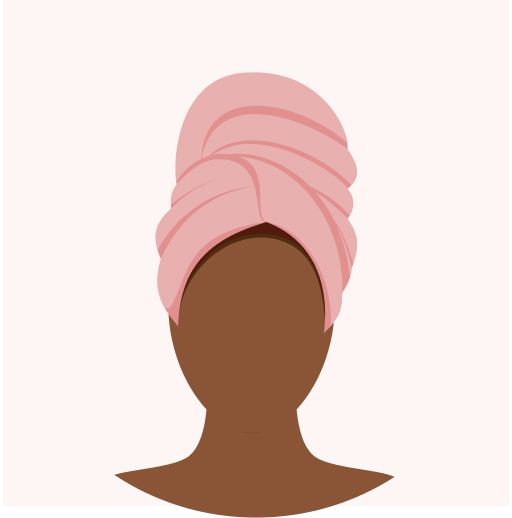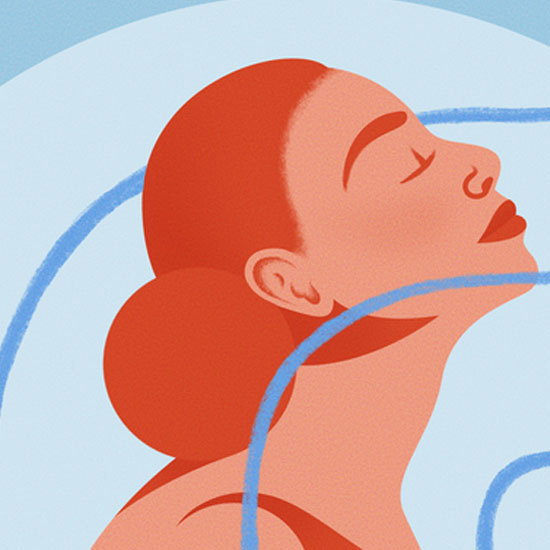
The Art of Self-Care – How to “Treat Yourself” Effectively
Given the last several years of the COVID-19 pandemic, and the fact that we are still learning about its long-term effects on our physical and mental health, an emphasis on self-care is needed now more than ever before. Those battling on the frontlines in hospitals and long-term care facilities are experiencing overwhelming levels of physical and mental stress and compassion fatigue, as are those who are taking care of loved ones who have become ill from the virus, those who are suffering and/or recovering from the virus themselves, and the majority of people who have had their daily routines completely transformed, including the ways that we have taken care of ourselves and have engaged with our own self-care practices.
As we assess the pandemic’s impact on our health and well-being, it is more crucial than ever to be intentional about looking after our own physical, mental, and spiritual health. Reflecting on how we take care of ourselves ultimately benefits us and the work we strive to do, and strengthens how we cultivate our relationships with those closest to us. Allowing ourselves the time to focus on our personal needs and wants helps keep us aligned with our own goals and gives us time to refill our cup so that we can pour into others. Unfortunately, in the society we live in, self-care is usually reduced to purchasing material things, paying for certain experiences, or ordering food and going out to eat. Although this can feel really good in the moment, we must ask ourselves:
- Why does this act make me feel good?
- What fulfillment do I get from this?
- Is this a short-term or long-term fulfillment? And do I need a short-term or long-term solution?
- Will this actually alleviate some of the stress I feel?
Learning the difference between “self-caring” and “self-soothing” will help you reflect on what actually makes you feel good and helps you become mentally stronger on your journey towards being the healthiest version of yourself.
To begin, it is important to make a clear distinction between “self-caring” and “self-soothing”. Self-care is just that, caring for yourself. To show care for yourself is not only about making yourself feel good, but also helping yourself grow and be stronger in different aspects of your life. The World Health Organization (WHO) defines self-care as “the ability of individuals, families and communities to promote health, prevent disease, maintain health, and to cope with illness and disability with or without the support of a healthcare provider”. When you connect this definition of self-care to mental health, you might choose to curl up with a good book, watch a documentary, or communicate with and get advice from friends and family. Physically, you could stretch, go for a walk, run, do a workout, dance, stay hydrated, or rest (and not just by going to bed early or taking a nap, but really embracing the practice of rest). Spiritually, you can meditate, write self-affirmations in a journal or on post-it notes, close your eyes and take deep breaths, sit outside, or engage in a hobby. It’s also important to note that all elements of spiritual self-care can weave in religion but are not limited to religious practices only. So one can listen to a sermon, sing a hymn, go to the mosque AND still write affirmations. These actions work towards releasing inner tension or strife and gaining greater knowledge or insight about yourself and those around you. Implementing these practices can help you confront issues you are dealing with and, in turn, give you more room to navigate handling current or future issues with a clearer mindset. All of these practices put self-improvement and love for yourself at the core. Self-soothing, on the other hand, is just performing a task that temporarily calms your emotions, taking your mind off of the problem without necessarily confronting it. Going out and purchasing items that “make you feel better” is a common coping mechanism, as it releases dopamine and serotonin, which can give you a temporary “high”. However, like all highs, the feeling of relief or enjoyment is short-term. Will buying a new pair of shoes help resolve the argument you just had? Will escaping to a bar to avoid work stress help you confront an unhealthy work-life balance? Will playing video games for hours help you communicate with your offline friends? None of these activities are bad or wrong to do, but the benefits are short-term and unsustainable; the positive effects will wane as the dopamine high lessens over time. As with everything, it is important to do these in moderation and understand why you are doing them. Reflecting on what activities you do to self-soothe and looking into why they make you feel good is how we come to understand ourselves better. When you find yourself stressed out and turning to your usual self-soothing habits, you can stop and think about how you reacted when you last felt that way. You can ask yourself:
- What made me angry/sad/frustrated? What did I do while I was angry/sad/frustrated? Was this a short-term solution or a long-term solution? Do I need to add a long-term solution to my repertoire, such as learning a skill to help me overcome this challenge in the future?
- How did I feel after I self-soothed? How long was it before my initial feelings came back? What did I do when my emotions reemerged? Did I engage in another short-term solution or a long-term solution?
Review your answers. Look for patterns. Ask yourself if the actions that you took ultimately resolved the root issue you were experiencing. If they did not, then this could be a sign of self-soothing behavior rather than self-caring. You may have felt good about your chosen self-soothing behavior in that moment because you have associated that habit as a reaction to that emotion. Reflecting on your self-soothing habits and the emotions that provoke them will help you look for more sustainable ways to feel better.
It can feel comfortable and familiar to fall back on your self-soothing habits, but consider that you might be ready to learn a new set of skills. Keep in mind the old skills worked while they worked, but as you learn and grow you can add more tools to your toolbox. There are many videos, podcasts, books and audiobooks, blogs, articles, and even therapy groups that can provide inspiration as you seek out the methods of self-care that will benefit you the most. Along the way, you will discover yourself on a deeper level and learn more about who you are as a person. Learning how to balance your self-soothing and self-care behaviors is the best start to becoming the best version of yourself. As humans, we are ever-evolving, and the journey to being healthy and well can be challenging, but each small step is an incredibly powerful move in the right direction.

